The circus reflects society – with or without bearded women
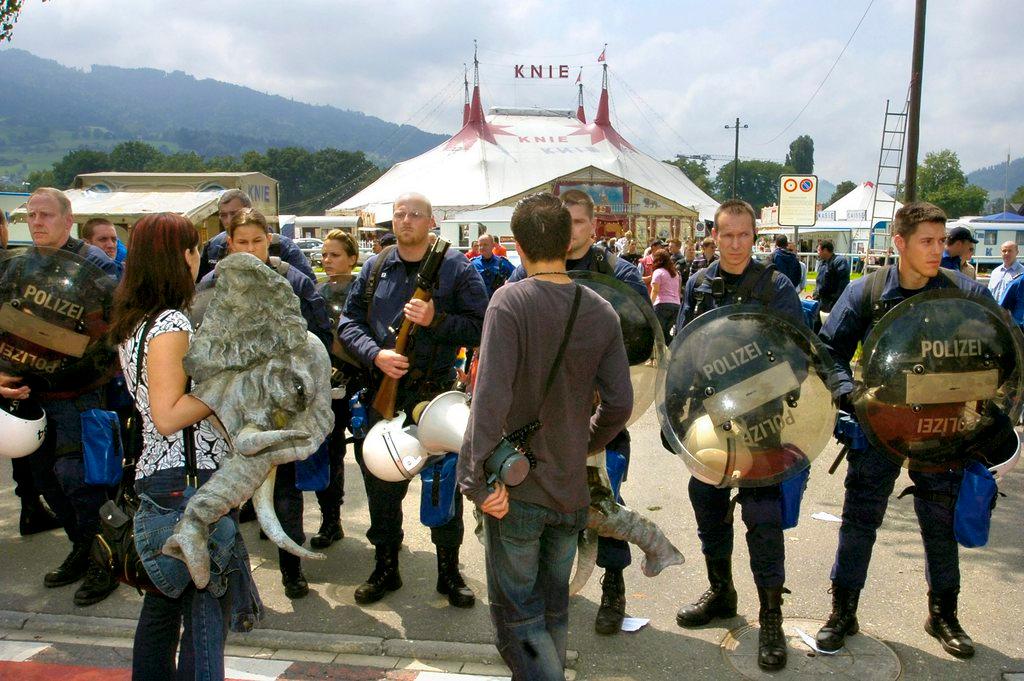
Circus Knie, often called Switzerland’s national circus, will soon set off on its centenary tour. This will certainly gain attention, as the circus still retains an aura of excitement and dreams. But does it still make people dream as they did in 1919? In this light-hearted article, the author argues it’s unlikely, because a change in moral attitudes has clipped its wings.
For a long time the circus was associated with a strange, fantasy world – at least that’s how it was often depicted in art, literature or the cinema. As late as the 1970s children’s television programmes featured main characters who dreamt of running away to join the circus. A science-fiction scenario for the youth of today, versed in the ways of the virtual world almost since birth.
The views expressed in this article are solely those of the author and do not necessarily reflect the views of swissinfo.ch.
The circus can also give you goose bumps – the wild animals in particular. Sitting in the front row, separated from lions only by a simple barrier which you reckon could easily be cleared in a single leap, is an unforgettable experience. The smell and the sounds coming from these beasts provokes an emotion that no screen can replicate.
Curiosity shop
If the circus used to be the stuff of people’s dreams, it was because it was a window into another era: a time when cinema didn’t exist and the church bell in the neighbouring village was about as far as anyone’s horizons stretched. Like world expos, the circus was the only way to see someone from another part of the world close up.
Technical progress has long since made this function obsolete. Nowadays a show like this would be totally out of step with the times.
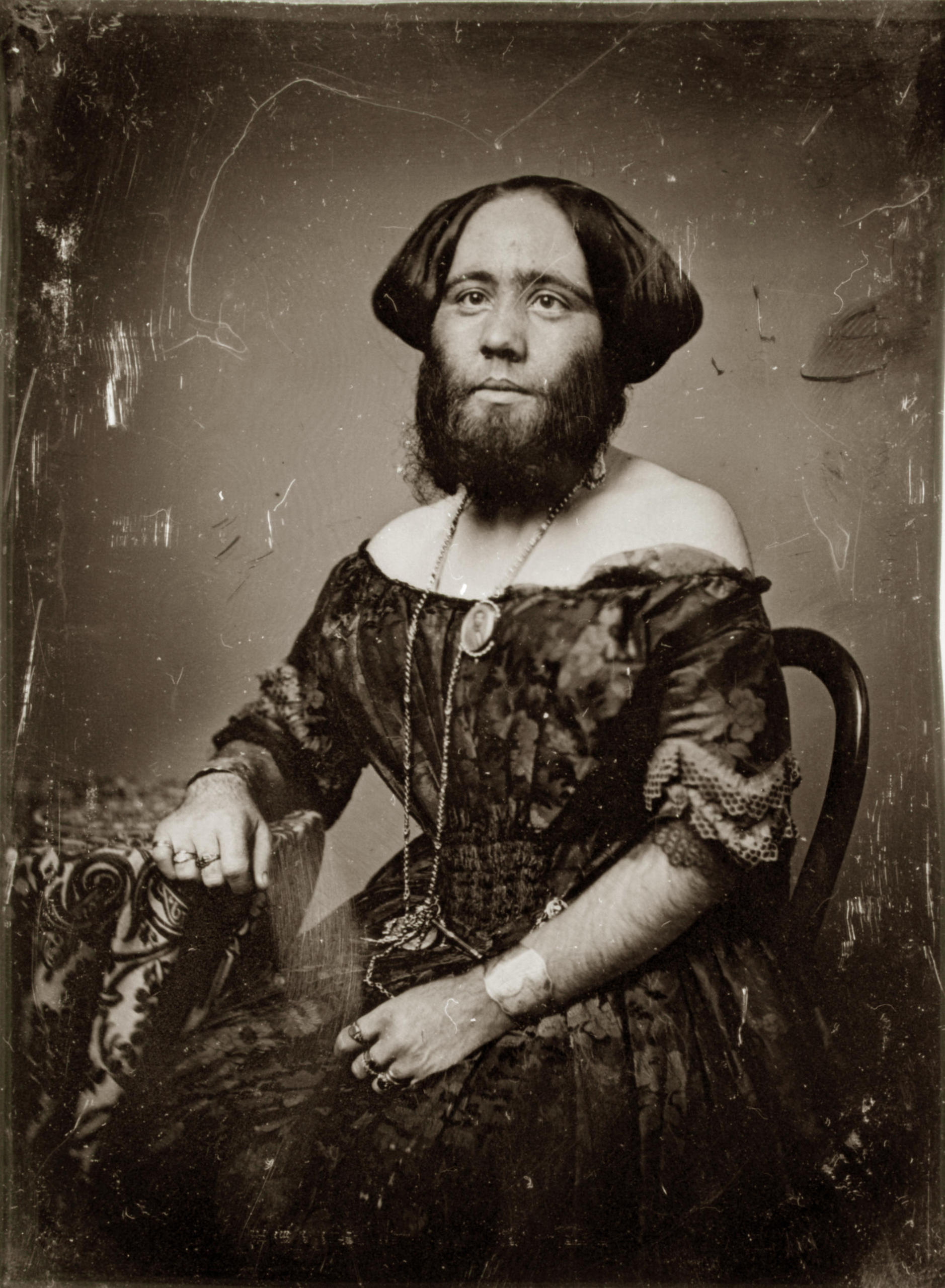
In the old days, you could also see “curiosities” who were not just from far-flung, exotic locations but who were physically different. Dwarfs, giants, bearded women and conjoined twins all caused much amazement.
Today, this kind of spectacle is completely unthinkable. There’s no way a circus could showcase a modern Elephant Man, someone with extreme malformations, to make money. In this era of respecting the most diverse minorities, such a spectacle would provoke outrage and media condemnation. It might also result in a court case or other measures.
No to wild animals
The exhibiting of “freaks” has long been consigned to history. But the use of animals in Big Top shows is another matter.
Performing monkeys, juggling sea lions, leaping lions and even elephant rides may also soon go the same way. At a time when veganism is trending, stones are thrown at butchers’ shops and animals even have their own lawyers, shows featuring wild animals are controversial – even if they remain indelibly linked to the circus in our collective imagination.
Activists are calling for these shows to be banned out of respect for animal dignity. And these calls are being heeded. Around 40 countries have already, or will shortly, ban shows with wild animals.
In Switzerland, circuses are subject to regulations for their animals that are as strict as those in zoos. But following a motion by a Green Party politician, the government has decided to tighten the rules in 2019.
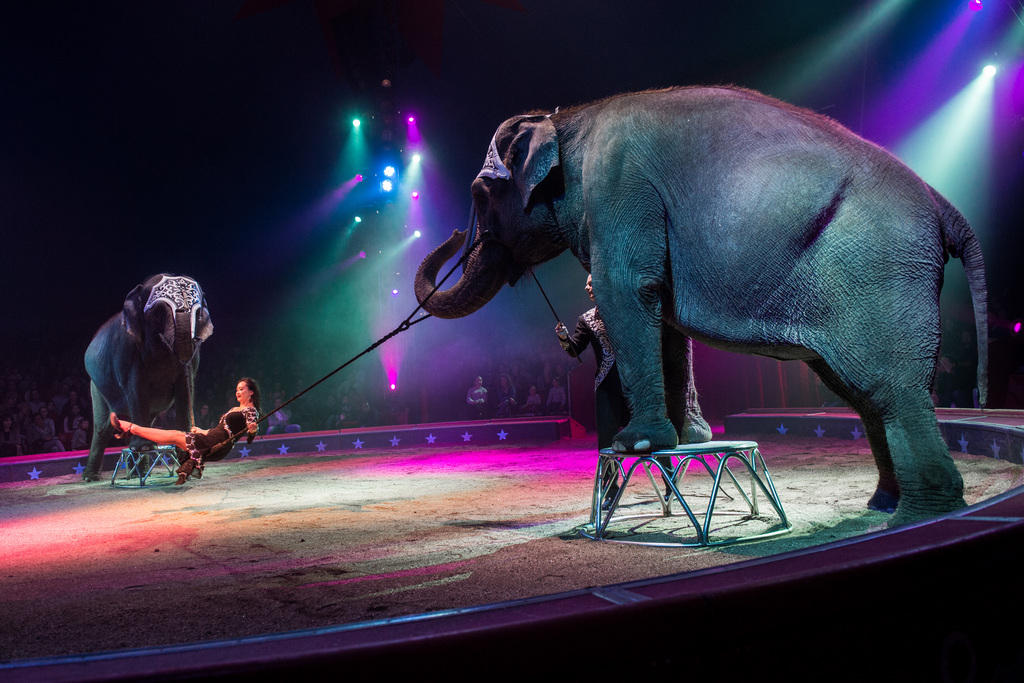
In fact, to avoid criticism, most Swiss circuses have already stopped using wild animals. Circus Knie gave up its famous elephant show in 2015. Since then the arena has been filled with horses, ponies and even goats.
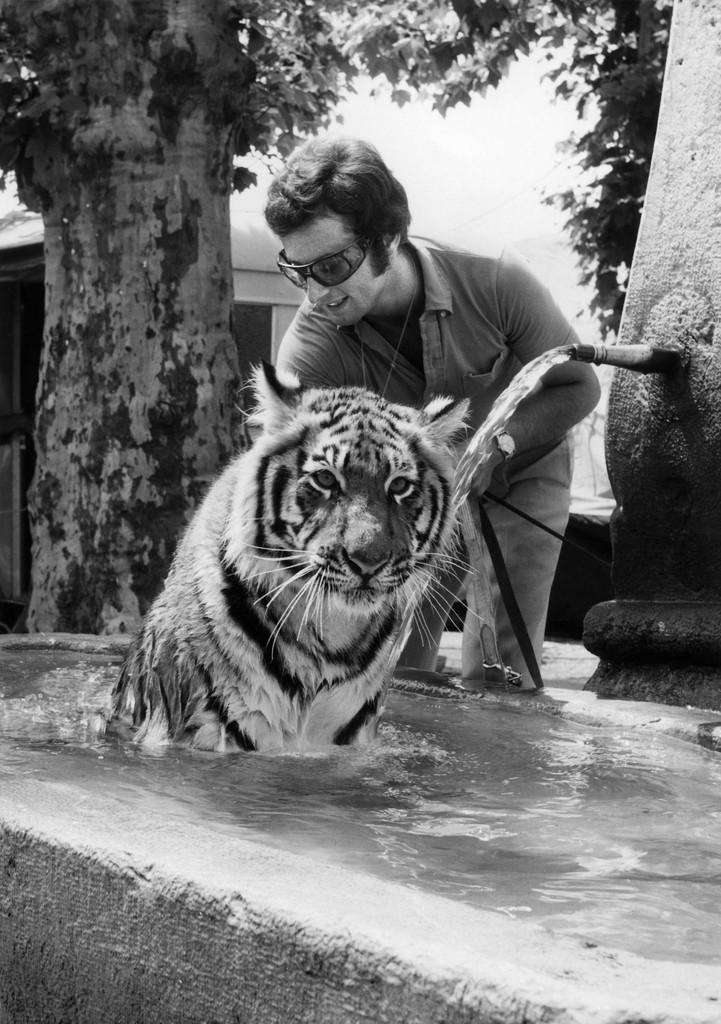
A nice little menagerie, with which everyone is happy, but somewhat less glamorous that the events with large, exotic animals. And only as long as people don’t start complaining about the living conditions of the goats, sheep or circus fleas…
Mirror of society
The spirit of the times, respected by everyone, has already done much to take the shine off the traditional circus. And it’s probably not over yet.
With a bit of imagination, you could easily see how acts such as the trapeze or knife-throwing might be banned in the modern Western world, which is increasingly uncomfortable with the ideas of death and accidents.
As for magicians, who are in the habit of using assistants, some more attractive than others, to distract from their little sleights of hand, it is amazing that they haven’t already been held to account.
So with a bit of work, the circus may well soon become a harmless, inoffensive show, rather sanitised and without its rough edges. But like that it will stay true to its original vocation: to be a mirror of society.
(Translated from French by Isobel Leybold)

In compliance with the JTI standards
More: SWI swissinfo.ch certified by the Journalism Trust Initiative

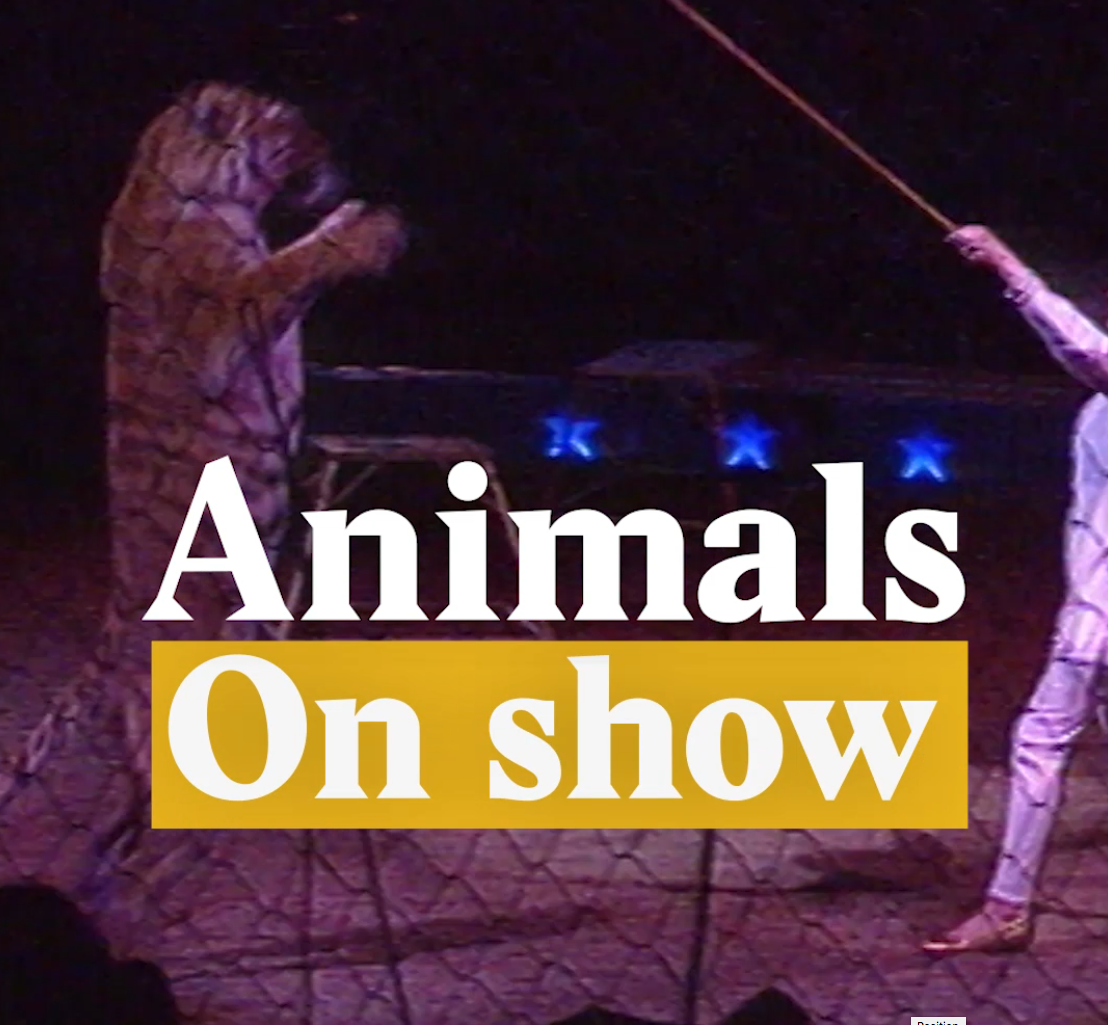
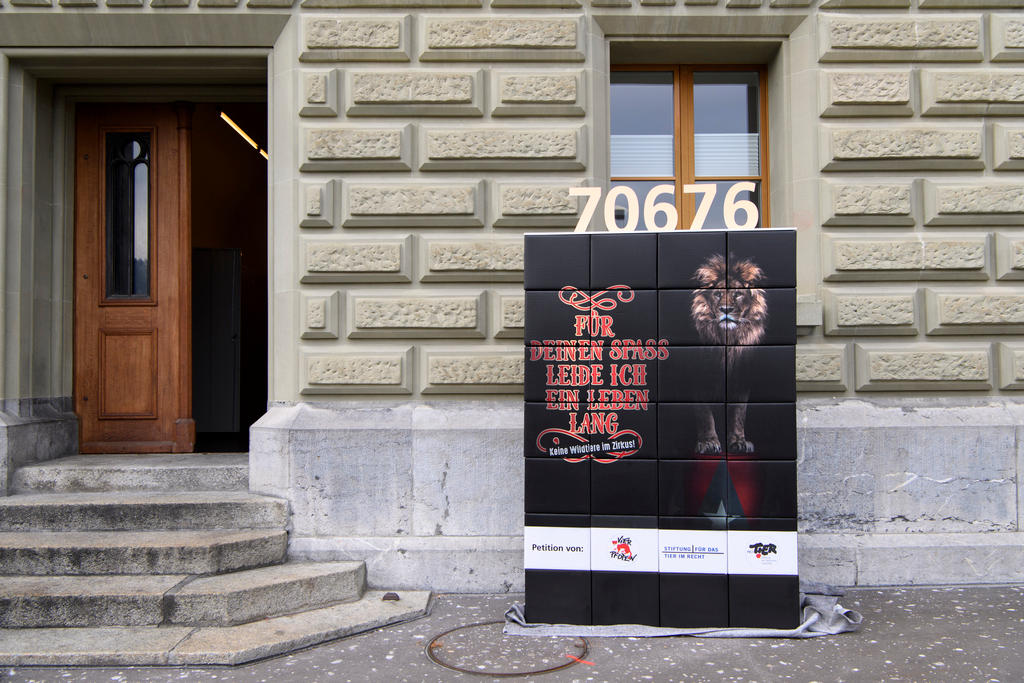
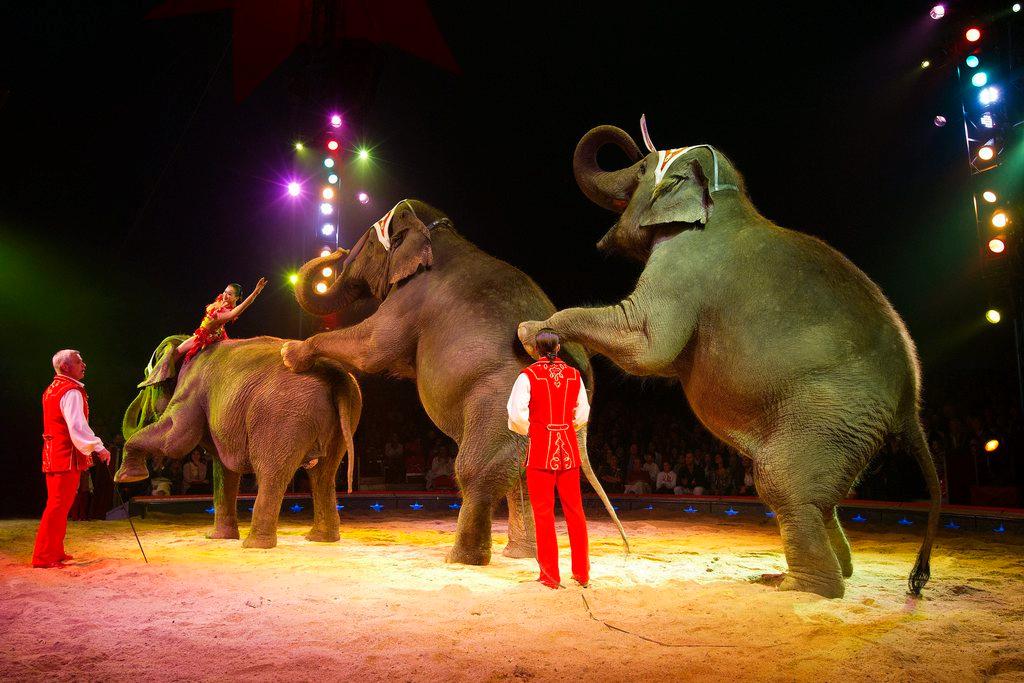

You can find an overview of ongoing debates with our journalists here. Please join us!
If you want to start a conversation about a topic raised in this article or want to report factual errors, email us at english@swissinfo.ch.